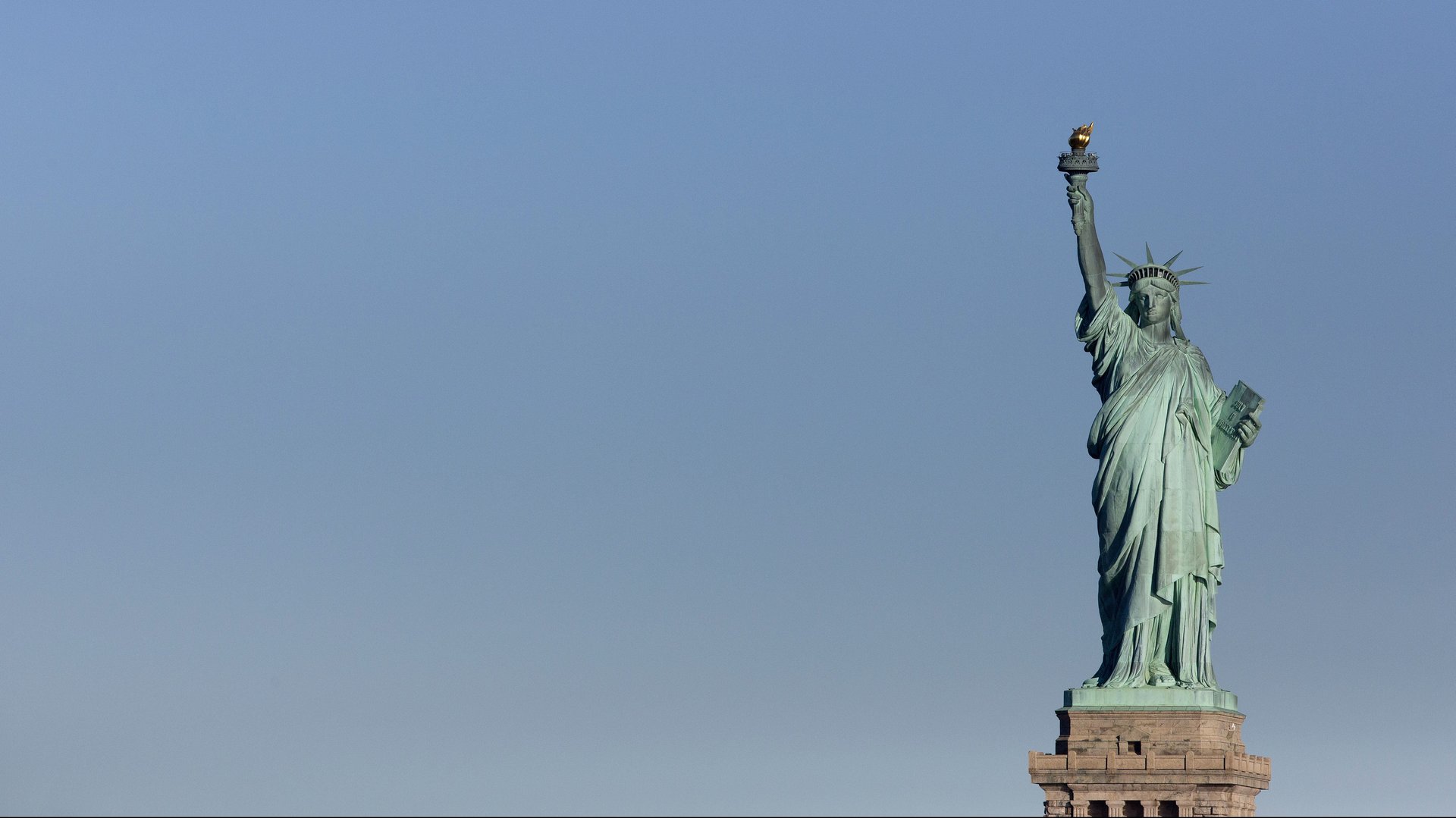The price of a US “golden visa” just increased to $900,000
Using cash to obtain a US permanent residency visa is getting more expensive. The EB-5 visa will now cost rich foreigners a minimum investment of $900,000. That’s up from $500,000, the requirement set in 1993. It’s part of a long-awaited reform.


Using cash to obtain a US permanent residency visa is getting more expensive. The EB-5 visa will now cost rich foreigners a minimum investment of $900,000. That’s up from $500,000, the requirement set in 1993. It’s part of a long-awaited reform.
The EB-5—which grants a two-year conditional green card—has been linked to a litany of controversies. Investors’ money was often spent on luxurious projects rather than in the distressed areas Congress intended. Fraudsters continue to use what critics have called the “golden visa” program to swindle foreigners.
The increase in minimum investment is one of the most significant changes made by a rule published today in the Federal Register. Projects outside of economically struggling areas, will require a $1.8 million investment, up from $1 million today. The increase is an inflation adjustment on the investment amounts Congress set in 1990, according to the rule. The United States Citizenship and Immigration Services (USCIS) will now revise the amounts every five years to account for inflation. The rule takes effect on Nov. 21, 2019.
The revision will also change how areas of high unemployment, known as targeted employment areas (TEA), are defined. Currently, each state can designate census tracts that qualify as TEAs to attract foreign investment. The revision removes that authority, leaving it solely with the USCIS. The new rules also make it harder to designate urban neighborhoods—where some of the most sought after investment opportunities lie—as TEAs.
The revised rules will “substantially restrict the possibility of gerrymandering to ensure that the reduced investment amount is reserved for rural and high-unemployment areas most in need” according to Ken Cuccinelli, the acting director of the USCIS.
With four months left before the rules take effect, investors can still apply for the visa with the current $500,000 minimum. A surge in applications is expected.